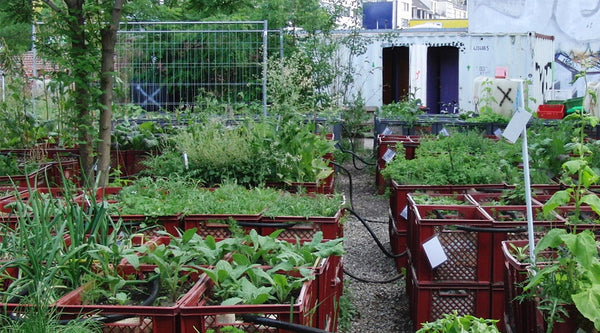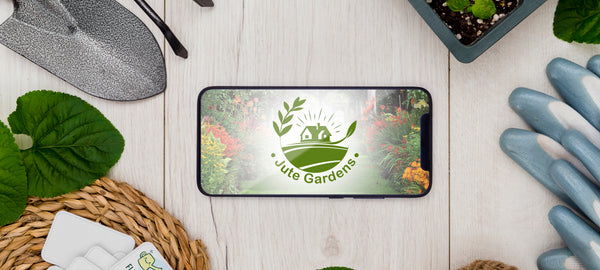
Urban Gardening: Sustainable Innovations
Introduction
Sustainable urban gardening is a practice that is becoming increasingly important for cities and communities around the world. With the population of urban areas continuing to grow, sustainable urban gardening is a way to create healthier and more livable cities. By using sustainable gardening practices, urban gardeners can help to reduce the environmental impact of gardening and promote a more sustainable way of life.
Challenges
However, many challenges and barriers need to be overcome to make sustainable urban gardens more widely adopted. One of the biggest challenges is the lack of space in urban areas. Many cities are already overcrowded and it can be difficult to find space for a garden. Additionally, many urban areas have limited access to resources such as water and soil, making it difficult to grow plants. Finally, many people lack the knowledge and education needed to garden sustainably.
Innovations
Rooftop Gardening
Despite these challenges, many innovations are helping to make it more accessible. One of the most promising innovations is vertical and rooftop gardening. This type of gardening involves growing plants on walls or the roof of a building. This allows gardeners to make use of otherwise unused space. It can also help to reduce the environmental impact of gardening by reducing the need for water and soil.
Vertical gardens are a great way to maximize space on a rooftop garden. Click here to shop vertical gardens from Jute Gardens.
Hydroponic and Aquaponic Systems
Another innovation in sustainable urban gardening is hydroponic and aquaponic systems. These systems use water instead of soil to grow plants. This is a more efficient use of resources and can help to reduce the environmental impact of gardening. Additionally, hydroponic and aquaponic systems can be used indoors, making them a great option for urban gardeners.
Community Gardens
Community gardens and shared spaces are also becoming increasingly popular. These spaces provide a way for people to come together and grow food in an urban area. Community gardens and shared spaces can also help to promote a sense of community and encourage people to take an active role in the food they eat.
Government Support
To support sustainable urban gardening, government policies and initiatives are also becoming more important. Cities such as Paris, London, and New York have implemented successful sustainable urban gardening programs. These programs have helped to create healthier and more livable cities by promoting sustainable gardening practices and encouraging people to take an active role in the food they eat. Additionally, government policies can help to reduce the environmental impact of gardening by promoting the use of sustainable gardening practices.
Technology
Technology is also playing an important role in sustainable urban gardening. The use of data and sensor technology can help to optimize gardening practices by providing gardeners with information on the health of their plants. Additionally, artificial intelligence can be used for plant monitoring and disease detection. Virtual and augmented reality can also be used for education and outreach to help people learn more about sustainable gardening practices.
Conclusion
In conclusion, sustainable gardening is an important practice that can help to create healthier and more livable cities. However, many challenges need to be overcome to make sustainable urban gardening more widely adopted. Innovations such as vertical and rooftop gardening, hydroponic and aquaponic systems, and community gardens and shared spaces are helping to make sustainable urban gardening more accessible. Additionally, government policies and initiatives, as well as technology, are helping to promote sustainable gardens and make it more widely adopted. With continued research, innovation, and policy support, it has the potential to become a more widely adopted practice in cities around the world.
Frequently Asked Questions
Q: What is sustainable urban gardening?
A: It is a practice that involves using sustainable gardening practices in urban areas to create healthier and more livable cities. This includes using techniques such as vertical and rooftop gardening, hydroponic and aquaponic systems, and promoting community gardens and shared spaces.
Q: What are some challenges faced by sustainable urban gardening?
A: Some challenges include a lack of space in urban areas, limited access to resources such as water and soil, and limited knowledge and education on sustainable gardening practices.
Q: What are some innovations in sustainable urban gardening?
A: Innovations include vertical and rooftop gardening, hydroponic and aquaponic systems, and community gardens and shared spaces. These innovations help to make sustainable urban gardening more accessible and reduce the environmental impact of gardening.
Q: How can government policies and initiatives help to promote sustainable urban gardening?
A: Government policies and initiatives can help by creating programs and policies that encourage sustainable gardening practices, and by providing funding and resources.
Q: How does technology play a role in sustainable urban gardening?
A: Technology plays a role in sustainable urban gardening by providing tools such as data and sensor technology, artificial intelligence, and virtual and augmented reality, which can be used to optimize gardening practices, monitor plant health, and educate people on sustainable gardening practices.

